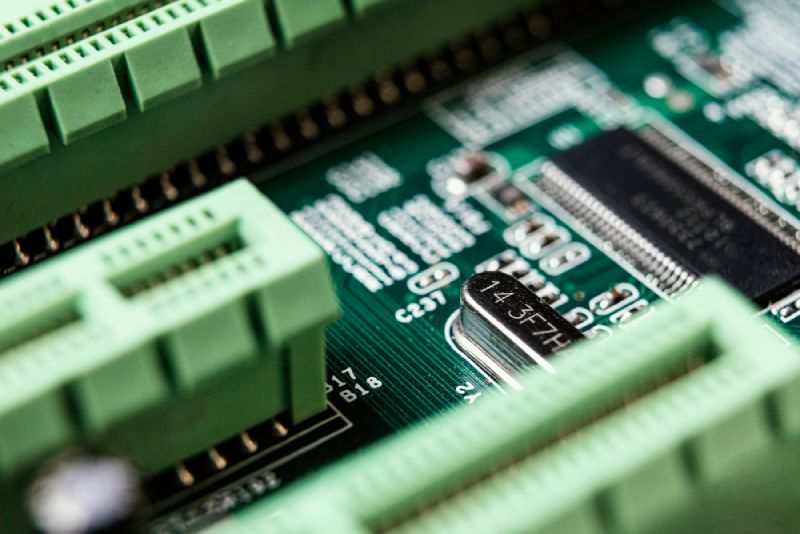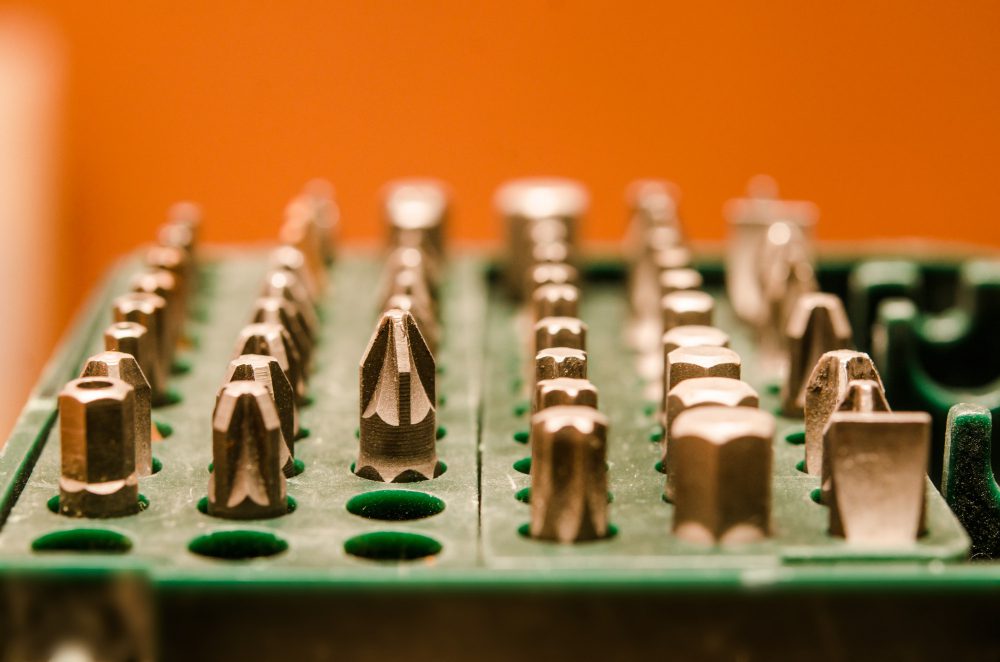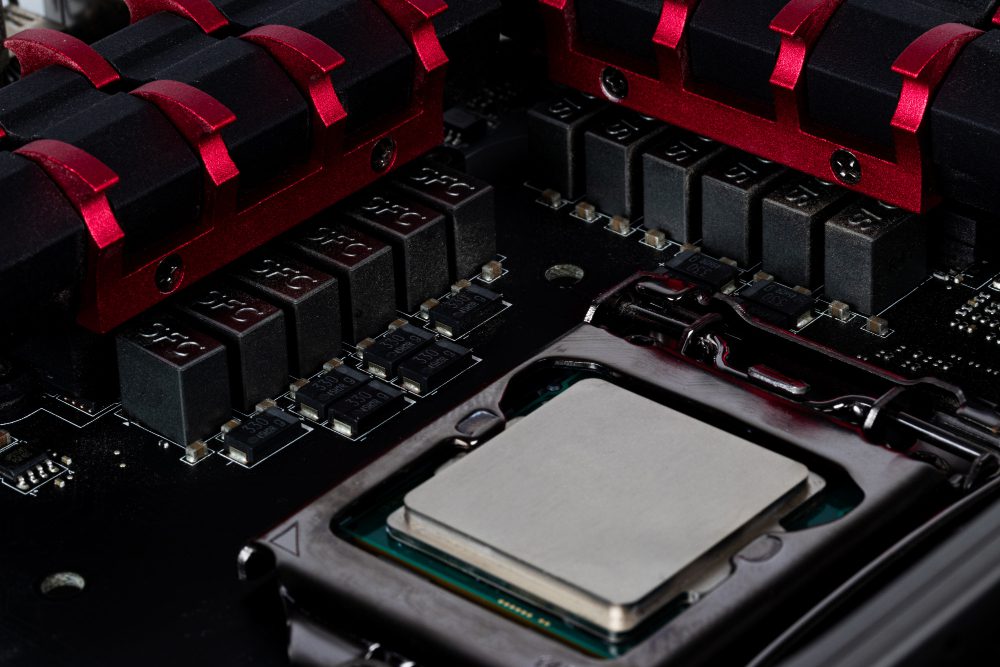Why is DDR4 better than DDR3?
Introduction
When it comes to computer memory, DDR4 (Double Data Rate 4) has become the standard choice for performance enthusiasts and businesses alike. It has gradually replaced its predecessor, DDR3 (Double Data Rate 3), as the go-to memory technology for many reasons. In this article, we will explore the key advantages of DDR4 over DDR3 and delve into the technical aspects that make DDR4 superior.
Faster Speeds and Higher Bandwidth
One of the most significant advantages of DDR4 is its faster speed and higher bandwidth capabilities compared to DDR3. DDR4 memory modules operate at higher frequencies, allowing for faster data transfers between the memory and the processor. This increased speed translates into improved overall system performance, particularly in tasks that are memory-intensive, such as video editing, gaming, and virtualization.
According to benchmarks and real-world tests, DDR4 can offer up to a 50% increase in memory speeds compared to DDR3. This boost in speed directly impacts the responsiveness and efficiency of applications, resulting in smoother multitasking and reduced loading times.
Greater Memory Capacity
Another notable advantage of DDR4 is its ability to support greater memory capacity. DDR3 had a maximum capacity of 8GB per module, which limited the total amount of memory that could be installed on a system. In contrast, DDR4 provides significantly higher capacity options, with modules available in sizes up to 128GB.
This increased memory capacity is particularly beneficial for servers, workstations, and high-end gaming rigs that require large amounts of RAM to handle complex tasks and run multiple virtual machines concurrently. The ability to accommodate more memory allows for enhanced system performance and improved efficiency in memory-intensive applications.
Improved Power Efficiency
DDR4 memory also boasts improved power efficiency compared to DDR3. This is achieved through the use of lower voltage levels, with DDR4 operating at 1.2V as opposed to DDR3’s 1.5V. While this may seem like a small difference, it can have significant implications for energy consumption, especially in data centers or systems that operate 24/7.
The reduced voltage requirements of DDR4 result in lower power consumption and subsequently contribute to decreased heat generation. Cooler memory modules are not only more reliable but also allow for better overclocking potential, giving enthusiasts and gamers additional performance headroom.
Advanced Error Correction
DDR4 incorporates advanced error correction mechanisms, such as cyclic redundancy checks (CRCs), to enhance data integrity and reliability. This feature helps to identify and correct errors that occur during data transmission and storage, reducing the chances of data corruption and system crashes.
By ensuring the accuracy of data, DDR4 improves system stability and reduces the risk of data loss or system failures, making it an ideal choice for critical applications that demand high levels of reliability.
In Conclusion
DDR4 offers several significant advantages over DDR3, including faster speeds, higher bandwidth, greater memory capacity, improved power efficiency, and advanced error correction. Whether you’re a professional seeking optimal performance, a gamer looking for a competitive edge, or a business aiming to enhance productivity, upgrading to DDR4 memory can provide a substantial boost to your overall system performance. With its technological advancements and increased capabilities, DDR4 has rightfully established itself as the superior memory choice in today’s computing landscape.
Is DDR4 better than DDR5?
Introduction
In the world of computer memory, two popular types are DDR4 and DDR5. Both these standards have their own unique advantages and disadvantages, but which one is better? Let’s take a closer look at the differences between DDR4 and DDR5 and determine if DDR4 is truly better than DDR5.
DDR4: The Reliable Workhorse
DDR4 has been the dominant standard in computer memory for several years now. It offers good performance, stability, and compatibility with a wide range of systems. DDR4 modules typically have lower latency and higher clock speeds compared to their DDR3 counterparts, resulting in improved overall system responsiveness.
Moreover, DDR4 memory modules are generally more affordable and widely available in the market. This makes them a great choice for budget-conscious consumers who want to upgrade their existing systems without breaking the bank.
DDR5: The Next-Generation Powerhouse
DDR5, on the other hand, is the newer and more advanced memory standard. It boasts faster data transfer rates, higher bandwidth, and increased capacity compared to DDR4. These improvements make DDR5 ideal for demanding applications such as gaming, content creation, and heavy multitasking.
DDR5 also introduces several new features, including on-die ECC (Error Correcting Code) for enhanced data reliability, support for higher memory densities, and improved power management capabilities. These advancements make DDR5 more future-proof and align it with the ever-evolving technology landscape.
So, Which One is Better?
When comparing DDR4 and DDR5, it’s important to consider your specific needs and budget. DDR4 is a reliable and cost-effective option for most users, providing sufficient performance for everyday computing tasks. On the other hand, DDR5 offers cutting-edge performance and is best suited for power users and enthusiasts who require top-notch performance.
Ultimately, the choice between DDR4 and DDR5 depends on your requirements and the specific system you plan to build or upgrade.
If you’re working with a tight budget or have older hardware, sticking with DDR4 may be a more practical choice. However, if you want to future-proof your system and take advantage of the latest advancements in memory technology, investing in DDR5 is a wise decision.
Remember, both DDR4 and DDR5 are compatible with different generations of processors and motherboards, so make sure to check the specifications of your system before making a purchase.
Is 8GB of DDR5 faster than 16GB of DDR4?
When it comes to choosing the right RAM for your computer, there are various factors to consider. One common question that often arises is whether 8GB of DDR5 RAM is faster than 16GB of DDR4 RAM. Let’s explore this topic and understand the differences between these two types of RAM.
DDR5 vs. DDR4
DDR5 (Double Data Rate 5) is the latest generation of RAM technology, offering several improvements over its predecessor, DDR4. It delivers faster data transfer rates, higher bandwidth, and increased capacity. On the other hand, DDR4 (Double Data Rate 4) is the previous generation of RAM used in most computers today.
In terms of raw specifications, DDR5 offers faster speeds and greater bandwidth compared to DDR4. However, it does not necessarily mean that 8GB of DDR5 RAM is faster than 16GB of DDR4 RAM in all scenarios. The amount of RAM plays a crucial role in determining overall system performance, especially when it comes to multitasking and running memory-intensive applications.
Memory Capacity and Performance
The memory capacity of your RAM determines how much data can be stored and accessed at any given time. Having more RAM allows your computer to handle multiple tasks simultaneously, reducing the need for data to be retrieved from the slower hard drive or solid-state drive (SSD).
Having sufficient memory capacity is particularly important for resource-intensive tasks such as video editing, gaming, and virtualization.
If you frequently find yourself running multiple applications or using demanding software, having 16GB of DDR4 RAM can provide better performance compared to 8GB of DDR5 RAM. However, if you mainly use your computer for everyday tasks like web browsing and word processing, 8GB of DDR5 RAM may be sufficient.
Considerations for Upgrading
When considering an upgrade from DDR4 to DDR5, it’s essential to assess your specific needs and the capabilities of your system. Are you frequently running out of memory? Do you engage in memory-intensive tasks that could benefit from faster speeds?
It’s also crucial to check if your motherboard supports DDR5 RAM. DDR5 is a relatively new technology, and not all motherboards are compatible with it. Additionally, DDR5 RAM modules tend to be more expensive than DDR4 due to their improved specifications.
Is there DDR6 RAM?
DDR (Double Data Rate) RAM has been the standard in computer memory for many years, with each new generation bringing faster speeds and improved performance. As technology advances, users are always eager to know what the future holds for RAM. One question that often arises is whether there is such a thing as DDR6 RAM.
What is DDR6 RAM?
DDR6 RAM is the hypothetical successor to DDR5 RAM, which is currently not available on the market. While various rumors and speculations have circulated about DDR6 RAM, it does not exist as a commercially available product yet. DDR5 RAM, on the other hand, is expected to be released in the near future and will offer significant improvements over DDR4 in terms of speed and efficiency.
The Advantages of DDR5 RAM
DDR5 RAM is poised to bring several advancements compared to its predecessor, DDR4. These include higher memory densities, increased bandwidth, lower power consumption, and improved overall performance. With these benefits in mind, DDR5 RAM is expected to revolutionize the computing industry and further enhance the capabilities of modern systems.
The Future of DDR RAM
While DDR6 RAM does not exist at present, it is a natural progression in memory technology. As computer hardware demands continue to increase, manufacturers will undoubtedly develop DDR6 RAM to meet those needs. However, it is important to note that the development of new RAM generations takes time due to extensive research, testing, and validation processes.
“DDR6 RAM may bring even faster speeds, lower latencies, and greater capacities, but it remains a concept for now.”
In conclusion, DDR6 RAM is not currently available on the market. Users looking for the latest advancements in RAM technology should keep an eye on DDR5, which is expected to debut soon. As technology evolves, it is inevitable that DDR6 RAM will eventually emerge, providing even greater performance and efficiency for computer systems.
Is 16GB DDR3 faster than 8GB DDR4?
When it comes to comparing memory modules, it’s important to consider several factors, including the type of memory and the amount of memory available. In this article, we’ll explore whether a 16GB DDR3 module is faster than an 8GB DDR4 module.
Understanding DDR3 and DDR4
DDR3 stands for Double Data Rate 3, while DDR4 stands for Double Data Rate 4. These are different generations of memory technology, with DDR4 being newer and more advanced. DDR4 memory offers improved performance, higher bandwidth, and lower power consumption compared to DDR3.
Memory Capacity and Performance
While DDR4 memory generally provides better performance than DDR3, the capacity of the memory module also plays a significant role. A 16GB DDR3 module has twice the memory capacity of an 8GB DDR4 module, allowing it to handle larger workloads and multitasking more efficiently.
Quote: “Memory capacity is particularly important for tasks such as video editing, gaming, and running virtual machines, where more RAM can make a noticeable difference in performance.”
Balancing Speed and Capacity
Although DDR4 is technically faster than DDR3, the overall performance also depends on the applications and tasks being run. In some cases, the additional capacity offered by a 16GB DDR3 module may compensate for the slightly slower speed when compared to an 8GB DDR4 module.
Table:
| Memory Type | Capacity | Speed |
|---|---|---|
| DDR3 | 16GB | 1600MHz |
| DDR4 | 8GB | 2400MHz |
In the table above, we can see that the DDR4 module has a higher speed of 2400MHz compared to the DDR3 module’s speed of 1600MHz. However, the 16GB DDR3 still provides a larger capacity, which can be advantageous for memory-intensive tasks.
Is DDR3 still good?
DDR3, or Double Data Rate 3, is a type of computer memory technology that was widely used in desktops, laptops, and servers until the advent of DDR4. However, even though DDR4 has become the standard for new systems, DDR3 still has its merits and can be a viable option for certain scenarios.
Compatibility and Cost
One of the main advantages of DDR3 is its compatibility with older systems. If you have an older computer or server that doesn’t support DDR4, sticking with DDR3 allows you to upgrade the memory without having to replace the entire system. Additionally, DDR3 memory modules are generally more affordable compared to their DDR4 counterparts, making it a cost-effective option for those on a budget.
Performance Considerations
While DDR4 does offer higher clock speeds and lower power consumption, the performance difference may not be significant for everyday tasks. DDR3 still provides fast and reliable performance for general computing needs, such as web browsing, office work, and media playback. Unless you require extreme performance for tasks like video editing or intense gaming, DDR3 can handle most applications efficiently.
Upgradability and Future-proofing
If you’re planning to upgrade an existing system, DDR3 offers greater flexibility. Since DDR3 is compatible with older motherboards, you can easily increase the RAM capacity by adding more DDR3 modules. This can be advantageous if your system requirements grow over time. However, it’s important to note that DDR3 may not be ideal for future-proofing because it will eventually become obsolete as newer technologies emerge.
Conclusion
While DDR4 has been the go-to memory standard for years, DDR5 represents the next evolutionary step in memory technology. It offers superior performance, higher capacity, and increased efficiency. However, it’s important to consider your specific needs, budget, and system compatibility before deciding which type of memory is better for your setup. Whichever option you choose, upgrading your computer’s memory can significantly improve overall performance and user experience.
In conclusion, it’s not as simple as saying that 8GB of DDR5 RAM is always faster than 16GB of DDR4 RAM. Both the RAM type and capacity play significant roles in determining overall system performance. For power users and gamers who engage in memory-intensive tasks, having more RAM, even if it’s DDR4, can offer better performance compared to having less RAM with a higher DDR5 specification.
While the speed of DDR4 is generally faster than DDR3, it’s not as simple as comparing the speed alone. The capacity of the memory module also plays a crucial role in determining overall performance. Depending on the specific use case, an 16GB DDR3 module may provide better performance and multitasking capabilities compared to an 8GB DDR4 module.
List:
- Consider your specific use case and requirements when choosing between DDR3 and DDR4.
- If you prioritize capacity and multitasking, a 16GB DDR3 module may be the better choice.
- If you require the latest technology and higher speed, an 8GB DDR4 module could be the right option.
- Remember to check your system’s compatibility before purchasing any memory module.
In conclusion, it’s important to evaluate both the capacity and speed of memory modules to determine their suitability for your needs. Don’t solely focus on the generation of memory but consider other factors such as the specific tasks you’ll be performing.
DDR3 memory still has its place in the world of computing. While DDR4 has become the new standard, DDR3 remains a viable option for users with older systems or those on a tighter budget. Its compatibility, cost-effectiveness, and reliable performance make it suitable for everyday computing needs. However, it’s important to consider your specific requirements and future plans before deciding whether to invest in DDR3 or upgrade to DDR4.



